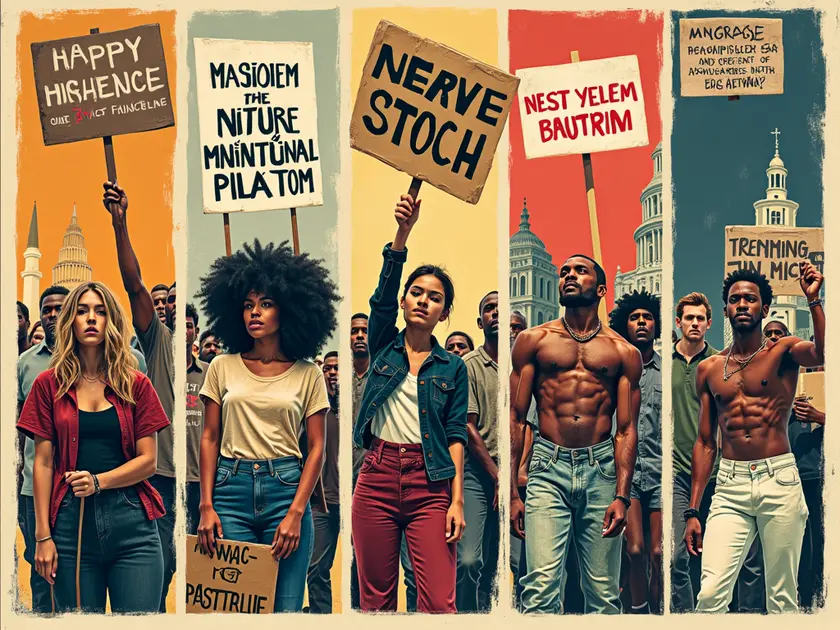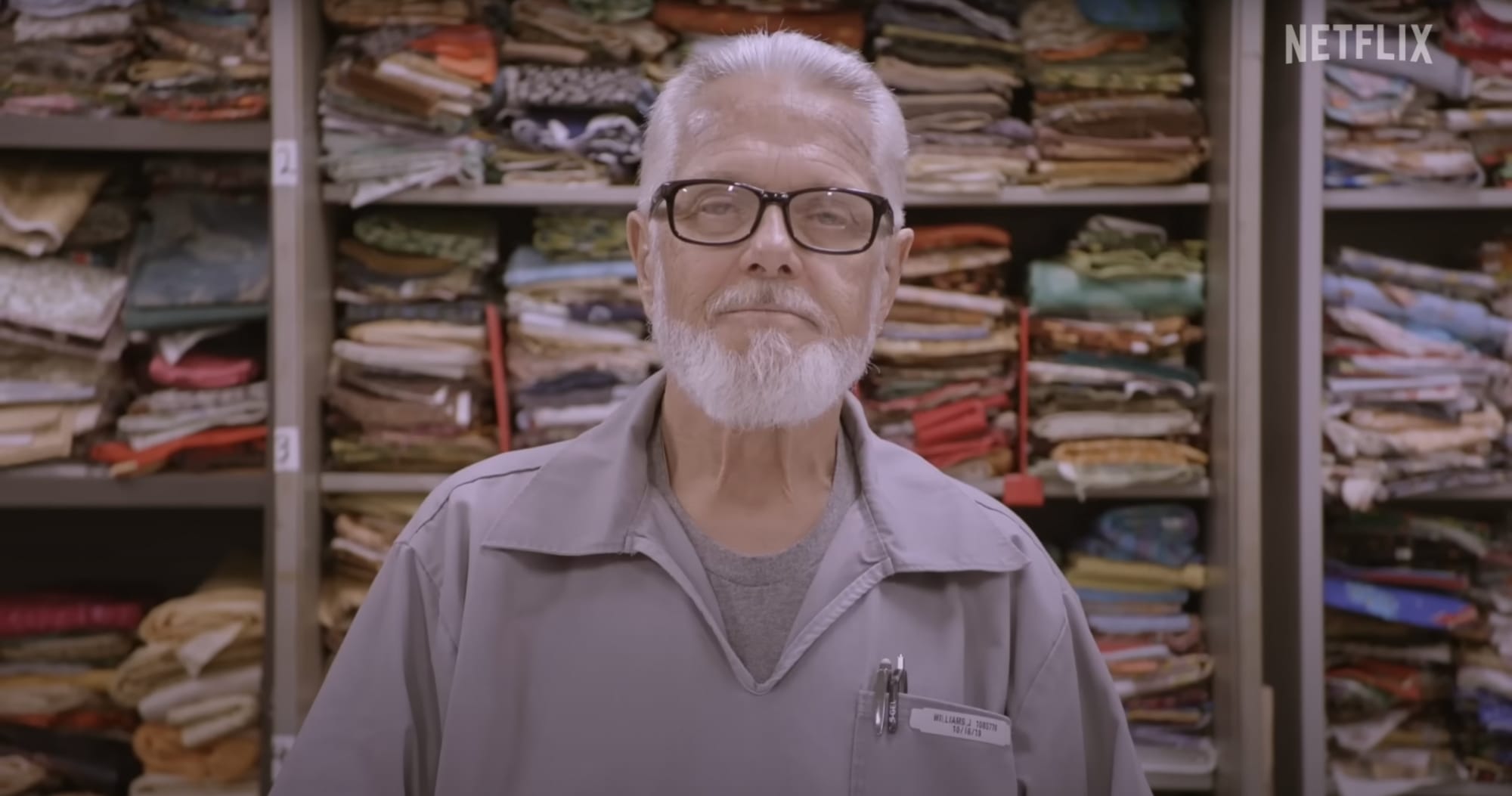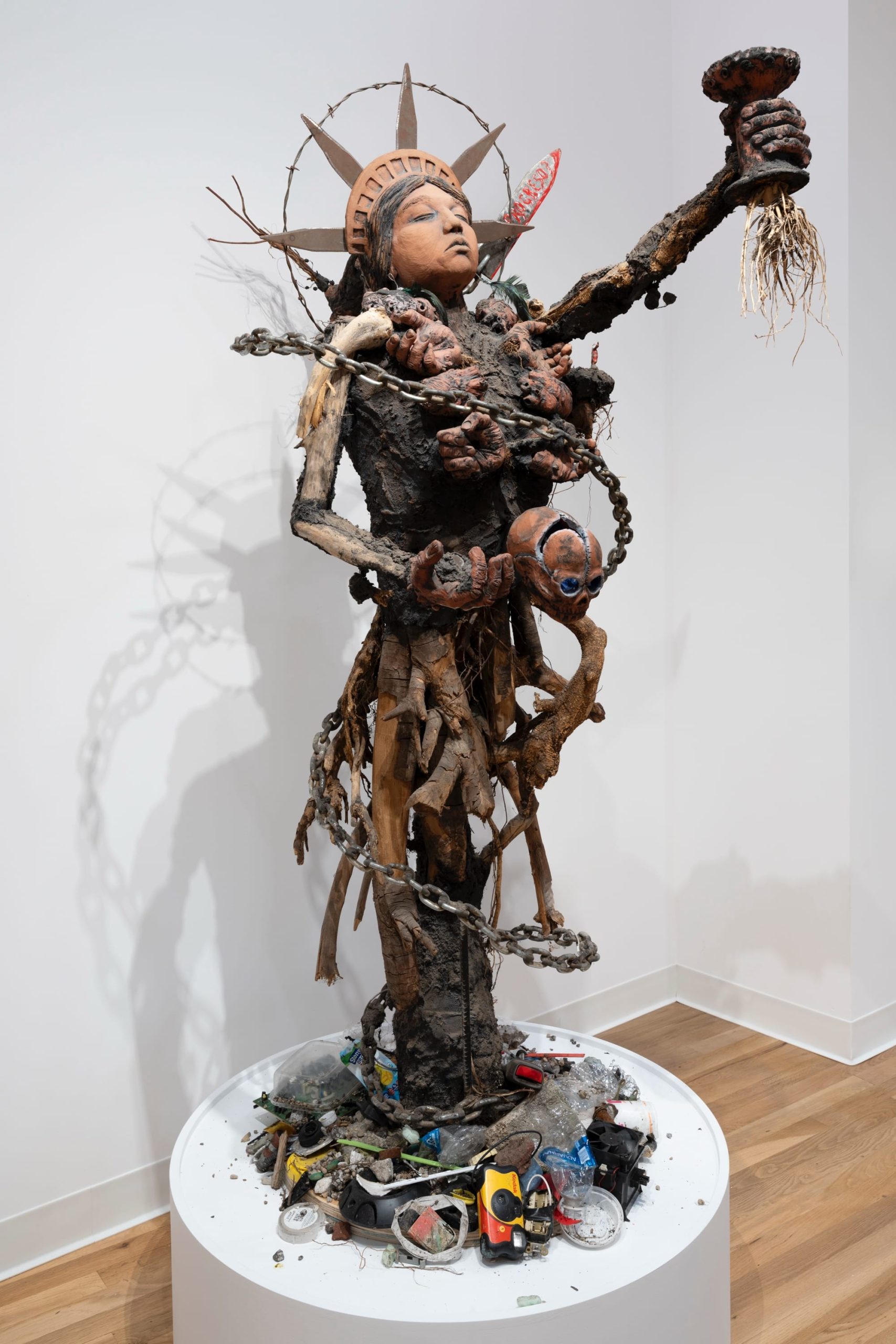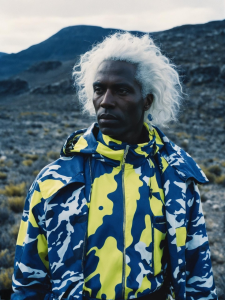The Role of Art in Social and Political Movements
Art has long served as a powerful channel for expression and reflection of society’s values, challenges, and aspirations. In the context of social and political movements, art takes on a transformative role, influencing perspectives, driving conversations, and mobilizing communities towards change. This article explores how visual art acts as a catalyst for societal transformation, fosters empathy and understanding, resists oppression, and amplifies voices within the ever-evolving landscape of social and political activism.
The Power of Visual Art as a Catalyst for Change
Visual art has the unique ability to spark change and inspire action in society. Through powerful imagery and symbolism, artists can convey messages that resonate with individuals on a deep emotional level.
Art as a Form of Protest
- Visual art has been used throughout history as a form of protest against social injustices and political oppression.
- Artists have the freedom to express dissenting opinions and shed light on issues that are often overlooked or ignored.
Creating Dialogue and Awareness
Art has the power to create dialogue and raise awareness about important social issues. By showcasing different perspectives and experiences, artists can foster empathy and understanding among diverse communities.
Inspiring Change Through Creativity
- Visual art has the potential to inspire change by challenging conventional thinking and encouraging viewers to question the status quo.
- Artistic expression can ignite a sense of empowerment and motivate individuals to take action towards positive societal transformation.
Fostering Empathy and Understanding Through Artistic Expression
Art has the power to evoke emotions and connect individuals on a deeper level.
Building Empathy Through Art
- Art allows individuals to step into someone else’s shoes and see the world from a different perspective.
- By experiencing art, people can develop a greater sense of empathy towards others.
Promoting Understanding Through Artistic Expression
- Artistic expression transcends language barriers and cultural differences.
- Through art, complex ideas and emotions can be communicated and understood by a diverse audience.
Encouraging Dialogue and Reflection
- Art encourages dialogue and reflection on important social issues.
- By engaging with art, individuals can start meaningful conversations and gain new insights.
Overall, artistic expression plays a crucial role in fostering empathy and understanding among individuals, ultimately contributing to a more compassionate and inclusive society.
Art as a Tool for Resisting Oppression and Amplifying Voices
Art has long been utilized as a powerful tool for resisting oppression and amplifying marginalized voices. Through various artistic forms, individuals can express their struggles, challenges, and aspirations in ways that words alone cannot capture.
By creating art that challenges societal norms and sheds light on injustices, artists can spark conversations, raise awareness, and inspire action towards positive change. Art serves as a platform for individuals to reclaim their narratives, share their truths, and confront systems of oppression.
The Role of Art in Social Movements
- Art has played a significant role in various social movements throughout history, from civil rights to LGBTQ+ rights movements.
- Visual art, music, poetry, and performance have been used to protest injustices, unite communities, and demand equality.
Amplifying Marginalized Voices
- Art provides a space for marginalized individuals to have their voices heard and stories told.
- Through art, individuals can share their unique experiences, perspectives, and struggles with a wider audience.
Overall, art serves as a powerful tool for resisting oppression, amplifying voices, and driving social change. It empowers individuals to speak out, connect with others, and envision a more inclusive and just society.






